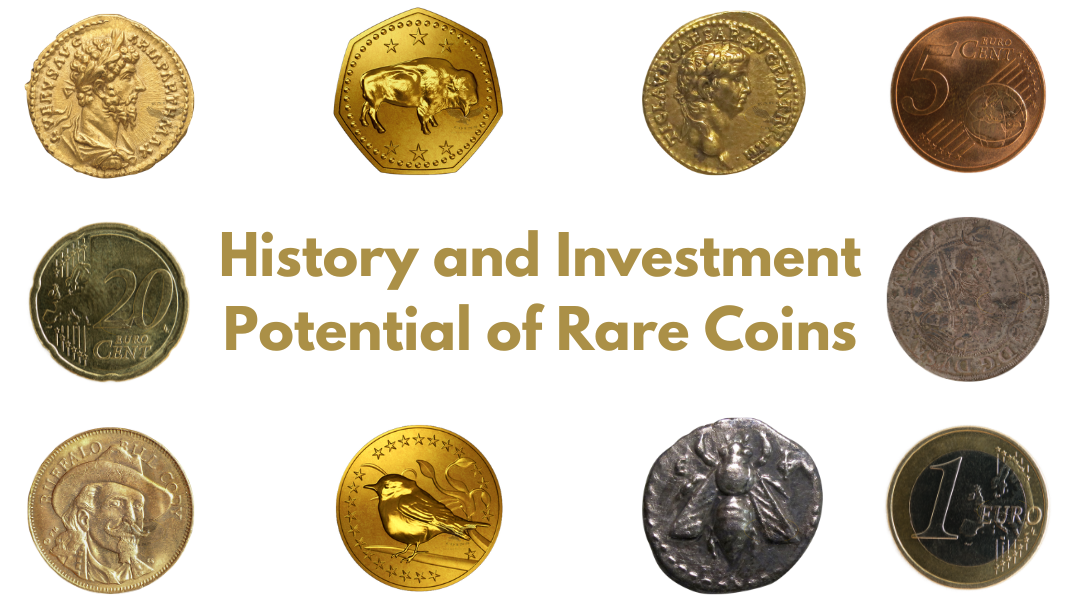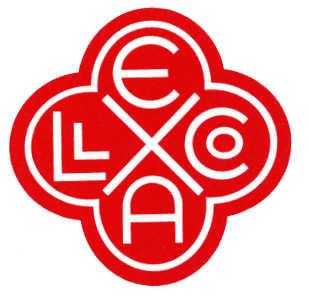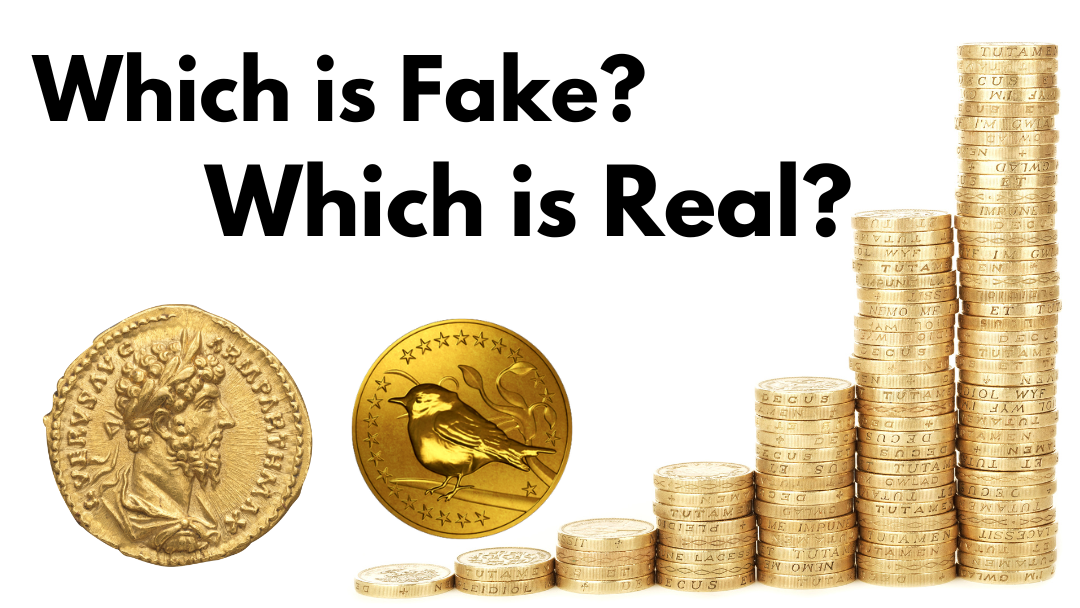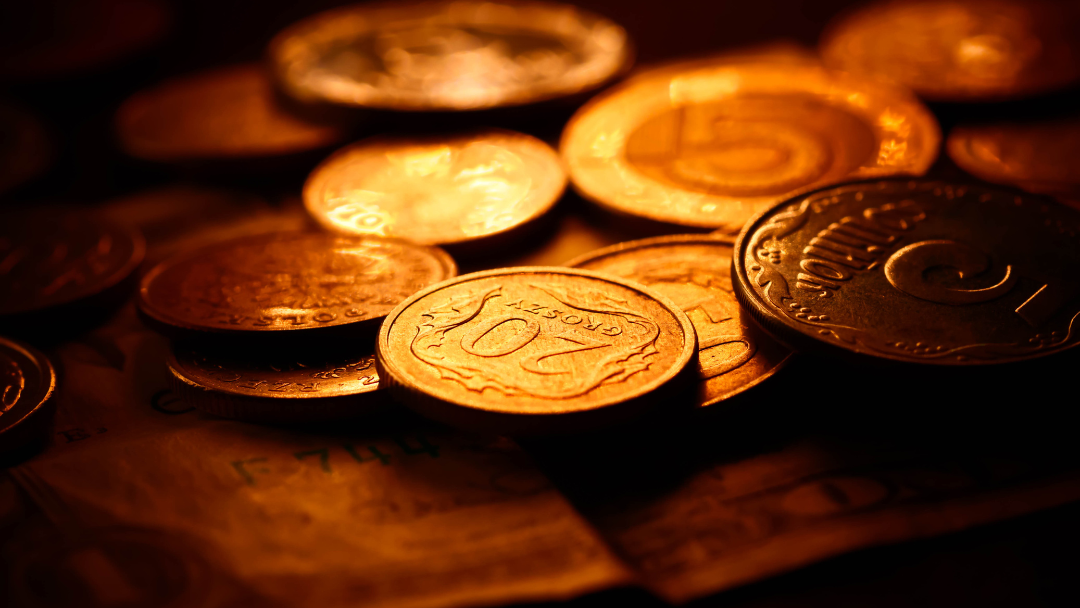
Rare coins have always fascinated people, not just for their beauty but because of the history they carry. These coins are more than just currency. They’re tiny pieces of the past, each with its own unique story to tell. But aside from their historical value, rare coins have also proven to be smart investments. Over time, they’ve held their value and even increased in worth, making them a great option for both collectors and investors.
Whether you’ve inherited a collection or you’re just starting to get curious about the market, learning about the history and investment potential of rare coins can open up some exciting possibilities.
Historical Highlights: Coins That Shaped the World
Every coin has a story to tell, but some have had a much bigger impact than others. Take a look at these examples:
- The Spanish 8 Reales (“Piece of Eight”): This coin was more than just a way to pay for things, it was a global trading standard in the 16th century. Used across many continents, it was a symbol of Spain’s influence and even played a role in the creation of the U.S. dollar. Today, collectors prize it for its history and intricate design.
- The Indian Head Cent: Minted from 1859 to 1909, this penny saw circulation during some of the most transformative years in U.S. history, like the Civil War and Reconstruction. If you can find one in excellent condition, it could be worth hundreds or even thousands of dollars today.
- Maria Theresa Thaler: This silver coin, first minted in 1741, became the “dollar” of its time, traded widely across Africa and the Middle East. Its reliable weight and quality made it a trusted form of currency, and it’s still a favorite among collectors.
Rare Coins as a Smart Investment
What makes rare coins such a solid investment? It’s a mix of rarity, historical significance, and in many cases, the fact that they’re made from valuable metals like gold and silver. These metals bring their own worth, making rare coins an appealing investment option.
The Value of Minting Errors
Some of the most valuable coins aren’t perfect. In fact, coins with minting errors like misprints or mismatched designs can be worth a lot more than their perfectly minted counterparts. Take the 2000 Sacagawea Dollar-Washington Quarter Mule, for instance. This coin was created due to a production mistake and ended up selling for a whopping six figures at auction. Sometimes, a little imperfection can actually work in your favor.
Modern Marvels
Not all rare coins are ancient. Some of the most sought-after coins are recent releases. For example, the 2015 $100 High-Relief Gold Coin is a stunning piece of modern craftsmanship. With its limited production and beautiful design, this coin became a hot commodity for investors.
Real-Life Finds
The rare coin world is filled with stories of people discovering hidden treasures in their collections:
- A teacher inherited a coin collection and found a 1913 Liberty Head Nickel. With only five known examples, it sold for $3.7 million at auction.
- A man in Florida found an 1808 Quarter Eagle, a rare gold coin from a single year of production, tucked away in a jewelry box. It sold for over $2 million.
- A family clearing out their attic stumbled upon a pristine 1879-CC Morgan Silver Dollar, which later sold for half a million dollars.
These stories show just how much untapped potential could be sitting in your own collection.
What Drives a Coin’s Value?
So, what makes a rare coin valuable? There are a few key factors:
- Rarity: Coins that are hard to find or have a limited number of surviving examples are in high demand.
- Condition: The better the condition, the more valuable the coin. Coins are often professionally graded to help assess their value.
- Historical Significance: Coins that are tied to important historical events or periods tend to be more valuable.
- Metal Content: Coins made from gold, silver, or platinum have intrinsic value based on the current market prices for those metals.
Tips for New Coin Investors
Getting into the world of rare coins doesn’t have to be intimidating. Here are a few tips to help you start:
- Start Small: Begin with coins that interest you personally. It’s a great way to learn while enjoying the process.
- Do Your Research: Take the time to learn about different coins, their history, and market trends. Knowledge is your best investment tool.
- Work with Trusted Dealers: Counterfeits are unfortunately common, so make sure you buy from reputable sources.
- Diversify Your Collection: It’s good to have variety. Having a mix of coins can make your collection more interesting and stable.
- Be Patient: Rare coins typically appreciate over time, so think of this as a long-term investment.
Why Rare Coins Are Gaining Popularity
In times of economic uncertainty, people are often looking for investments that hold steady. Unlike stocks, which can fluctuate wildly, rare coins tend to hold their value or even increase in worth over time. If you’re looking for something stable yet rewarding, rare coins are a great option.
How Eagle Coins Gold and Silver Buyers Can Help
If you’re ready to explore the world of rare coins, it’s essential to work with the right partner. At Eagle Coins Gold and Silver Buyers, we pride ourselves on our transparency and expertise. Whether you’re selling coins or want guidance on building a collection, our team is here to help you every step of the way.
The Final Word
Rare coins are more than just valuable collectibles. They are pieces of history that can also bring financial rewards. Whether you’re holding onto a family heirloom or just getting started in the world of rare coins, there’s plenty of potential waiting for you.
Interested in uncovering the hidden treasures in your collection? Contact Eagle Coins Gold and Silver Buyers today, and let us help you turn your passion for rare coins into a solid investment.






